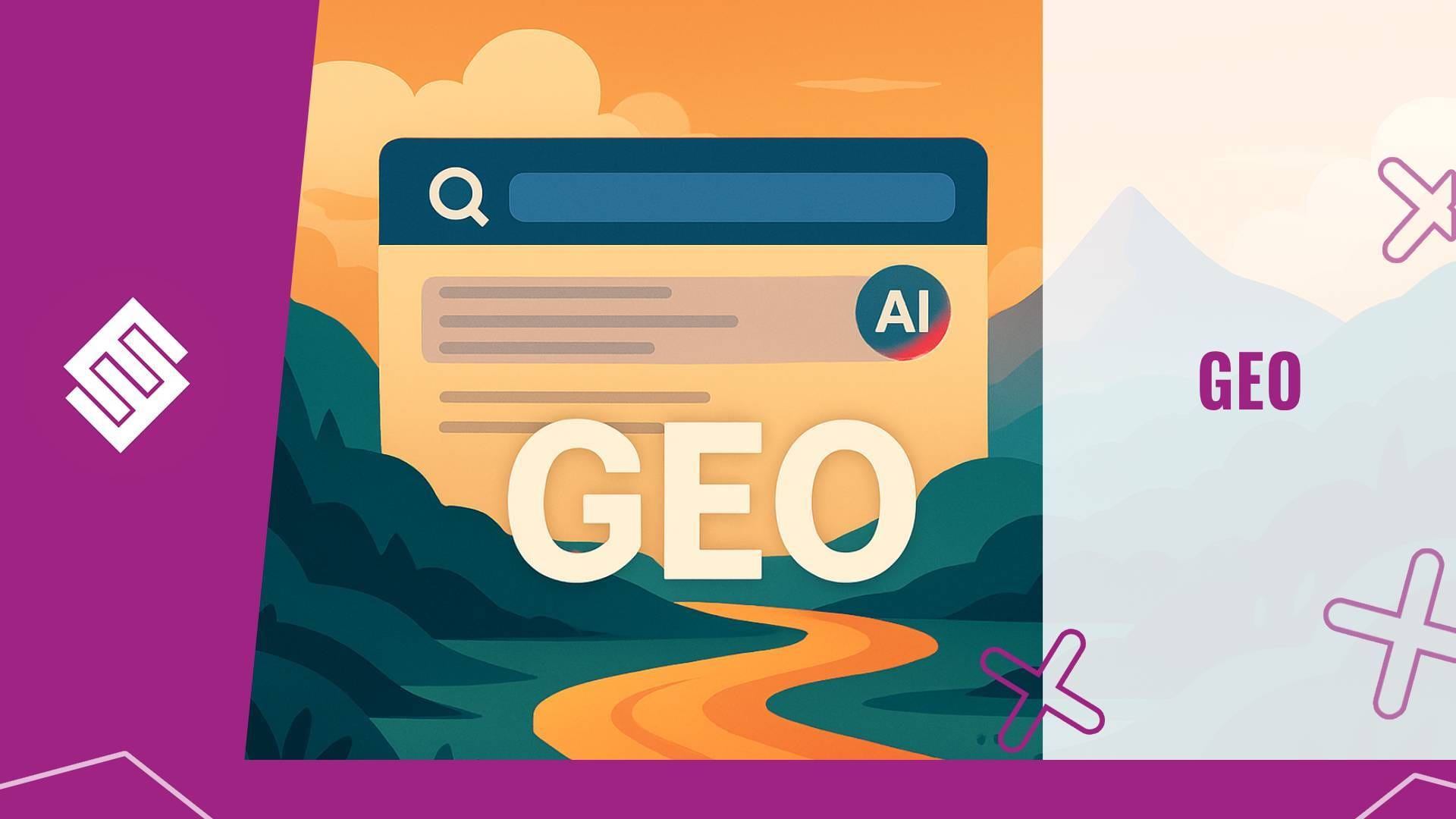If you’ve noticed your website traffic dipping lately, you’re not alone. AI search tools like Google’s SGE and ChatGPT are changing the way people discover businesses online, and the old SEO tricks might not be cutting it anymore.
Here are some ways you can adjust your approach to suit the demands of Generative Engine Optimisation (GEO)
Make your content easy to find and understand
AI tools need structure. Clear headings, bullet points, and simple layouts help search systems “read” your site. Think of it like making your website easy for a robot to skim through.
Write like your customers talk
People are searching in full sentences now, not just keywords. Instead of “best accountant Cheshire,” someone might ask “who’s the best accountant near me that works with small businesses?” If your content answers those kinds of questions naturally, you’re far more likely to show up.
Offer something original
If your blog sounds like everyone else’s, AI will ignore it. Add your own insights, examples, or data, anything that shows real expertise.
Build trust online
Little things like mentions, backlinks, or even a proper “about the author” section can make a big difference. They help both readers and AI tools see that you’re legit and worth paying attention to.
Connect the dots
AI doesn’t just see words, it maps relationships. Make sure your content ties your business itself with your services and industry terms so search tools understand the full picture.
AI search isn’t the end of SEO, it’s just changing how it works. If you start adjusting now, you’ll keep showing up while others are still figuring things out.
For any help enhancing your website’s performance in the rise of GEO, please get in touch with Engage Web today.
- How to enhance website performance when shifting your focus to GEO - November 18, 2025
- Google’s AI Mode introduces new capabilities - November 11, 2025
- Google begins testing post scheduling on Business Profiles - October 31, 2025



